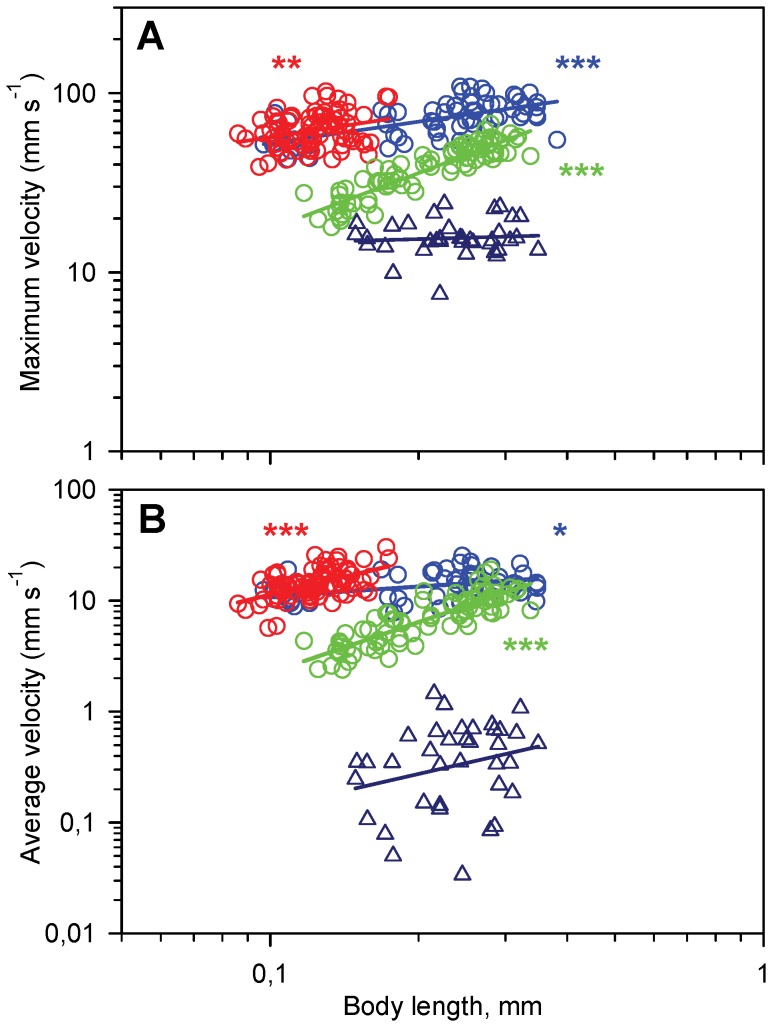Figure 5. Jumping and swimming velocities of nauplii as a function of body length (BL).
Regression lines are power laws fitted to the data. A) Maximum velocity (max vel). Blue circles, T. longicornis: Log(max vel) = 0.40Log(BL) +2.119 (r2 = 0.40, p<0.0001, n = 63); red circles, O. davisae: Log(max vel) = 0.42Log(BL) +2.178 (r2 = 0.08, p = 0.005, n = 82); green circles, A. tonsa: Log(max vel) = 1.04Log(BL) +2.279 (r2 = 0.82, p<0.0001, n = 82); blue triangles, T. longicornis swimming (slope = 0.08, p = 0.58, n = 36), B) Average velocity (avg vel), calculated for the entire relocation jump. Blue circles, T. longicornis: Log(max vel) = 0.30Log(BL) +1.334 (r2 = 0.14, p = 0.01, n = 54); red circles, O. davisae: Log(max vel) = 1.06Log(BL) +2.116 (r2 = 0.29, p<0.0001, n = 82); green circles, A. tonsa: Log(max vel) = 1.52Log(BL) +1.869 (r2 = 0.73, p<0.0001, n = 82); blue triangles, T. longicornis swimming (slope = 1.01, p = 0.18, n = 36).

